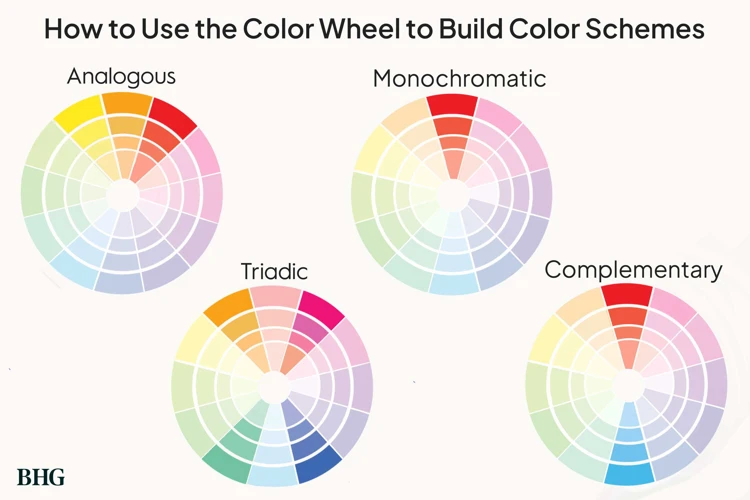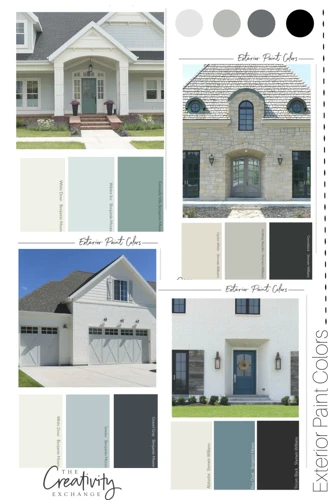Embarking on a home makeover journey begins with envisioning the space you desire. One of the most impactful elements in this transformation is the color that adorns your walls. It sets the tone for your home’s ambiance, influencing mood and aesthetics. Hence, the process of choosing paint colors requires careful consideration and precision. Through thoughtful sampling, you can ensure the hues you select resonate with your vision and bring your decor to life.
The Importance of Choosing the Right Paint Colors
Choosing paint colors is not just a matter of personal taste — it’s an essential step in crafting a home environment that reflects your personality and style. The shades you select can make rooms appear more spacious, cozy, or vibrant. For this reason, home paint samples become invaluable tools, allowing you to preview and live with a color before fully committing.
Understanding Home Decor Color Trends
Keeping abreast of home decor color trends can provide inspiration and ensure your space feels contemporary. However, while trends can guide your decisions, it’s crucial to choose hues that complement your home’s architecture and existing furnishings. Trends should enhance your personal aesthetic, not dictate it.
Color Palette Ideas for Your Home
Creating a harmonious environment begins with a well-thought-out color palette. Whether you’re drawn to monochromatic minimalism or a more eclectic mix, your palette should reflect a cohesive style that flows from room to room.
How to Create a Cohesive Interior Design Color Scheme
Developing interior design color schemes involves more than just picking your favorite colors; it’s about finding a balance. Start with a base color that sets the foundation, and then choose complementary shades to create depth and interest. A consistent color palette can tie the rooms together, even if each room has its unique character.
DIY Color Sampling Techniques
Sampling is a critical part of the paint selection process, and with DIY color sampling, homeowners can take an active role in ensuring they pick the perfect hues. This hands-on approach allows for experimentation and personalization, tailoring the outcome to your exact preferences.
Why Wall Color Testing Matters
Wall color testing is a preventative step that can save time, money, and disappointment. By testing colors directly on your walls, you can observe how they change with natural and artificial lighting throughout the day. This step is crucial for avoiding surprises after the paint dries.
Paint Swatch Tips for Accurate Viewings
- Place swatches on different walls to view in various lighting conditions.
- Compare colors against furniture and decor to gauge compatibility.
- Leave swatches up for several days to observe in all light scenarios.
Using Sample Paint Pots Effectively
Sample paint pots are a cost-effective way to test colors. Apply them to a sizable area of the wall or on a movable board to fully appreciate the color. This approach allows you to see the paint in different contexts without the commitment of painting an entire wall.
Paint Color Matching Essentials
Ensuring the paint you select matches your vision requires precision. Paint color matching can be simplified with the right tools and strategies, helping you achieve a flawless finish.
Tools and Tips for Perfect Color Coordination
For accurate paint color matching, consider leveraging technology like color matching scanners, which can provide a precise formula for any desired shade. Additionally, consulting with professionals at paint stores can offer insights into the nuances of color matching.
Step-by-Step Guide to Home Paint Samples
Navigating the world of home paint samples is made easier with a systematic approach. From selection to application, each step is integral to making informed decisions about your home’s color scheme.
Selecting and Applying Paint Swatches
Begin by selecting a range of swatches that appeal to you. When applying, use two coats to get a true sense of the paint’s opacity and richness. Place them near elements that will remain in the room, like trim or flooring, for context.
Interpreting Paint Samples in Different Lighting
Observe your paint samples at different times of the day to understand how varying light conditions affect their appearance. Pay attention to undertones that emerge, as they can significantly influence the final look.
Maximizing the Use of Paint Sample Boards
Paint sample boards can be a versatile tool in your sampling process, providing a mobile canvas to test your selections throughout your space.
Peel & Stick Samples: A Temporary Solution
For a no-mess, temporary option, peel & stick samples can be a convenient choice. They are easy to apply, reposition, and remove, making them perfect for comparing options without the commitment.
Creating Large-Scale Paint Samples for Better Visualization
Consider painting large boards with your chosen samples to move around the room easily. This method provides a clearer representation of the color and how it will feel once applied to the walls.
Advanced Paint Sampling Techniques
For those looking to take their paint sampling to the next level, there are advanced techniques that can provide even more accurate depictions of how colors will look in your home.
Incorporating White Borders for Contrast
By painting a white border around your color samples, you can isolate the hue, providing a neutral background that allows for a clearer perception of the color without interference from surrounding shades.
Positioning Samples for Optimal Viewing
Position your samples at eye level and in corners where two walls meet to perceive the color’s interaction with light and shadow. This placement gives you a realistic idea of how the paint will look once applied across a larger area.
Conclusion: Making Confident Color Choices
After careful consideration and thorough testing, making confident color choices becomes a natural culmination of your sampling journey. With the insights gained from your DIY efforts, your final selection will not only be visually pleasing but also well-informed.
Choosing the right colors for your home can be both exciting and overwhelming. To make the process easier and help you avoid common pitfalls, we’ve compiled valuable insights for you. First, our article on home color scheme tips provides guidance on how to create a harmonious color palette that reflects your personal style. Then, understand the importance of accuracy in hues with our piece on how lighting affects color samples, so you can select shades that will look great in any light. And, don’t miss our recommendations on finishes in room paint finish tips to give your walls the perfect touch. Together, these resources will ensure you’re well-equipped to make informed decisions for a beautiful home transformation.
Next Steps After Testing Paint Colors
Once you’ve settled on your colors, it’s time to gather your supplies and prepare for the painting process. Remember, the time spent on sampling is an investment in your home’s future ambiance. With your ideal hues at hand, you’re ready to transform your space into the sanctuary you’ve envisioned.


